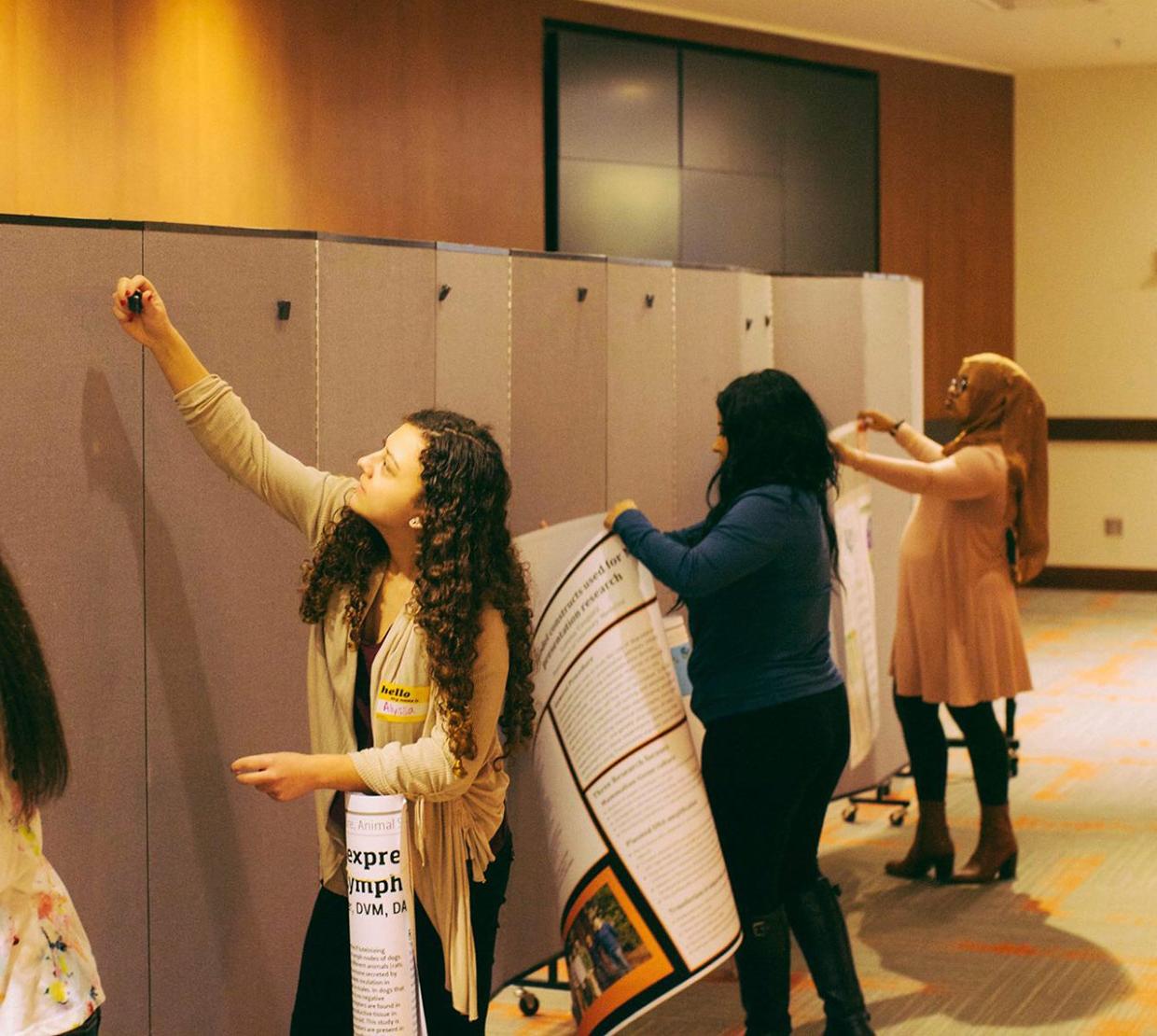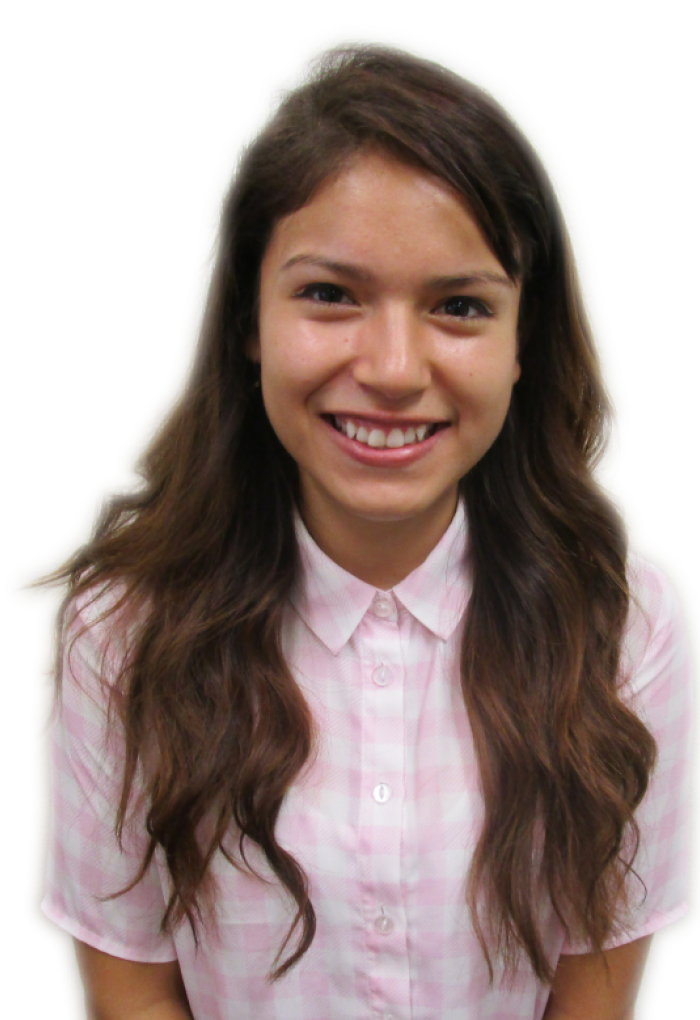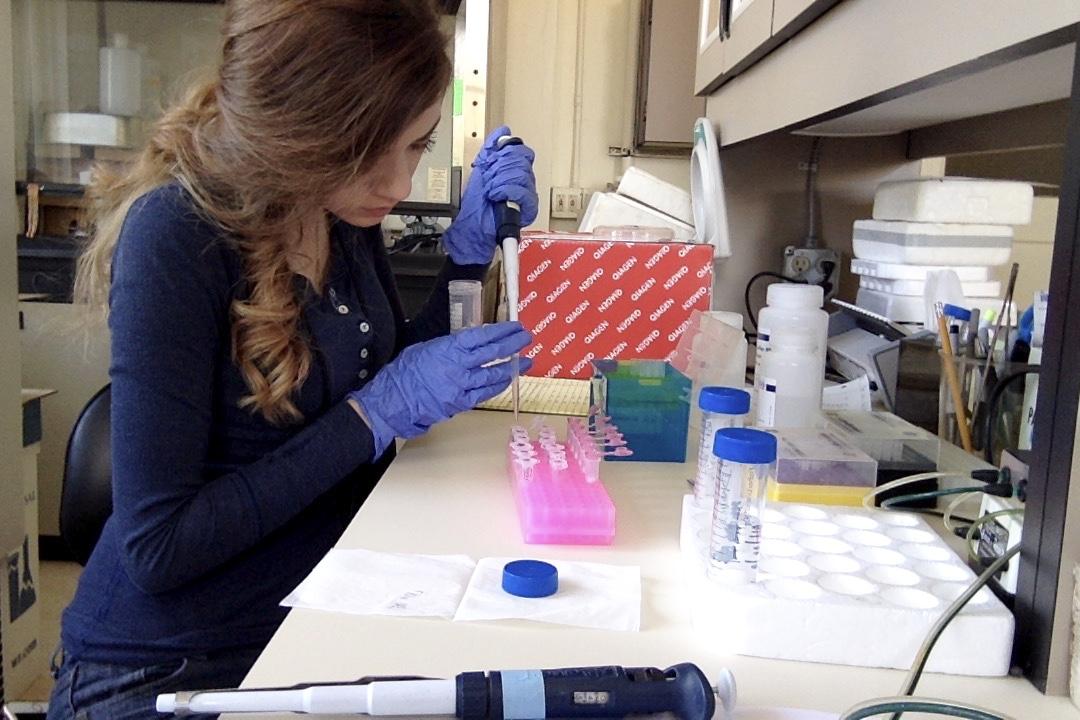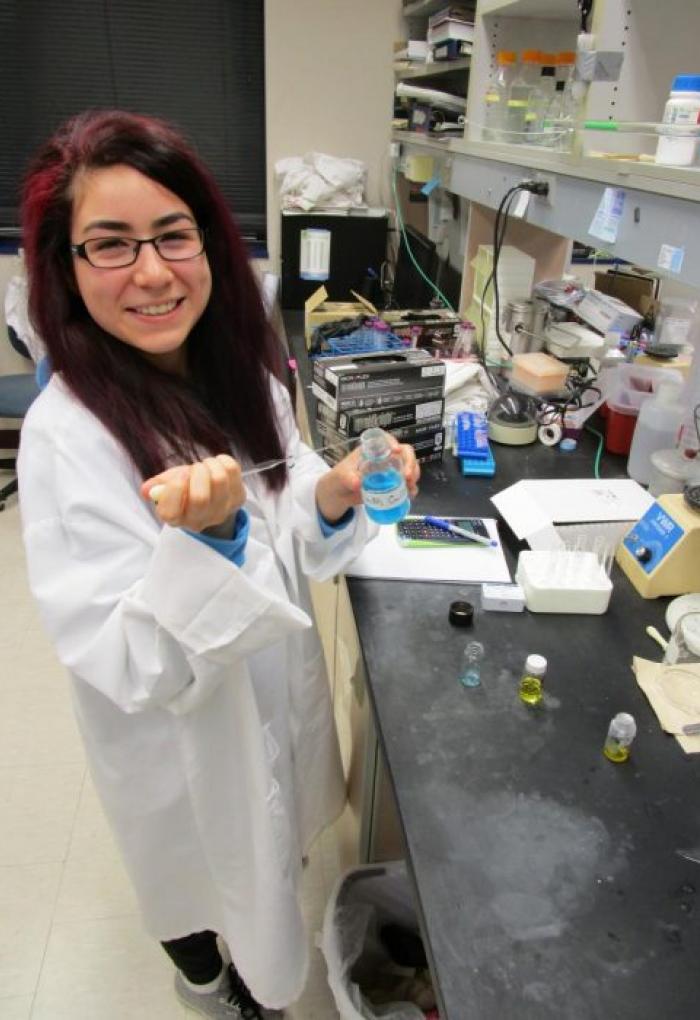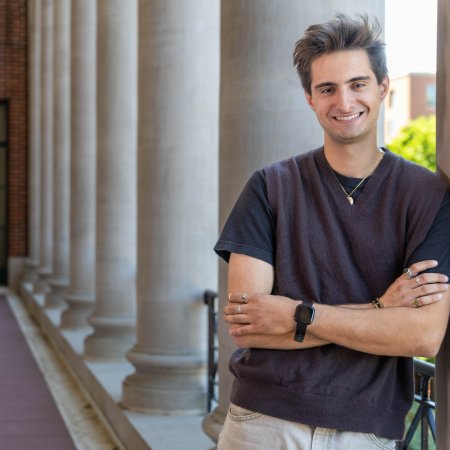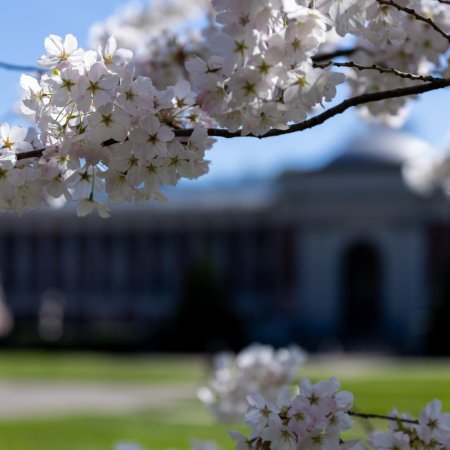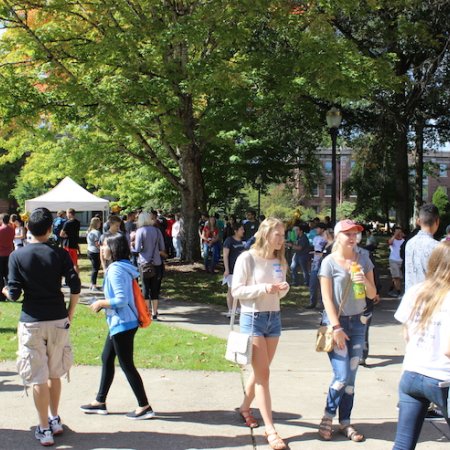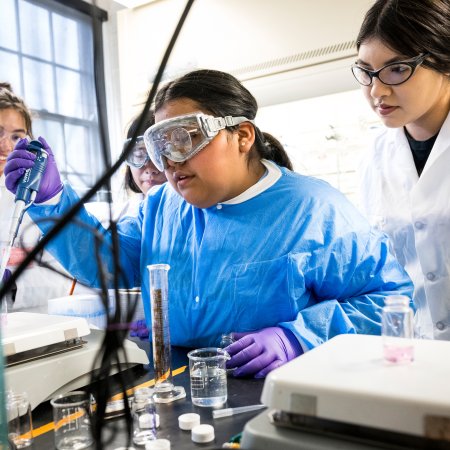Even though she had a good set of keys, Marissa was overwhelmed when she first started working in the lab.
“It was just like my advisor Professor Hurst told us, that it would feel like we were white-water rafting, falling off, and drowning under the current. But don’t worry, he reassured us, you will eventually pop up and breathe. It will get easier.”
So what helped Marissa to “pop up” instead of drifting away or drowning? “I am very curious. I ask questions!” said the energetic sophomore.
“When I first started working in the lab, there was all of this weird lingo. And even when I figured out what I was supposed to do, I didn’t know why I was doing it. So I think I exhausted everyone by asking question after question after question. And I am constantly taking notes! The researchers are very busy, so you have to be persistent, but they are all very nice and eventually got back to me with answers.”
In addition to asking a ton of questions, Marissa also sought out published research from the Beckman Lab to read, gradually understanding her role in the big picture. Her lab work, which involves using a spectrometer to test the various binding properties of ligands (metal-binding molecules) to copper and zinc, is contributing towards a possible drug therapy for ALS or Lou Gehrig’s disease, a life-changing outcome for those afflicted. Her lab colleagues who put in extra time on weekends aren't just workaholics. They are racing for a cure.
Transformative power of research
All of the students in the OSU STEM Leaders program praised the value of the research experience, which is the pinnacle of the program. All STEM Leaders spend three terms in a research lab under the guidance of a faculty mentor, culminating in a symposium where they present their research results to the public and practice their science communication skills.
The STEM program offers students financial support to work in the lab, alleviating financial pressure so that students don’t have to take work-study jobs and sacrifice valuable study and research time. Even after the paid research ends, however, most students continue working in the lab as volunteers.
Austin Aguilera, a first-generation student from southern Oregon who was raised in an extended Spanish-American family, is an environmental engineering major currently working in Dr. Harper’s Lab studying nanoparticle toxicology.
“Every single day I go in the lab — to learn new skills like how to use or maintain a machine, meet graduate students, or go to meetings — provides me with benefits that would otherwise be lacking in my education. Sitting in a classroom, I would not be learning how to work with a group and how to communicate well with other researchers.”
Paying it forward: Sharing invaluable lessons
Over the course of their experience in STEM Leaders, Jackelin, Maria and Marissa have all gained invaluable experience that, as an integral part of their second year in the program, they now share with their own STEM mentees. The value of these lessons learned become clear when asked what advice they would give new students.
“Never turn down an opportunity that you might regret!” advises Jackelin, who has learned not to let a lack of confidence stop her from stepping up.
“Definitely apply and be open to opportunities when you are here,” says Ido, who in addition to the STEM Leaders program participates in four student clubs and volunteers for American Red Cross blood donation drives.
“Don’t hold back and don’t be afraid to try something new!” says Maria, who has gained strength and poise by overcoming so many obstacles in her path, both on her own and with the help of others.
“Be shameless!” offers Marissa, who has learned that it pays off to be assertive and never hesitate to ask questions until you are satisfied with the answer.
So does the OSU Stem Leaders Program work? Based on the stories and lessons learned from these student interviews, it certainly seems like the answer is an emphatic Yes! Further funding to expand the program and reach more students would increase student success among underrepresented students in STEM fields.
The OSU STEM Leaders program is funded by the National Science Foundation and generous contributions from alumni and friends of the Colleges of Science, Agricultural Sciences, and Engineering as well as the OSU Research Office.
